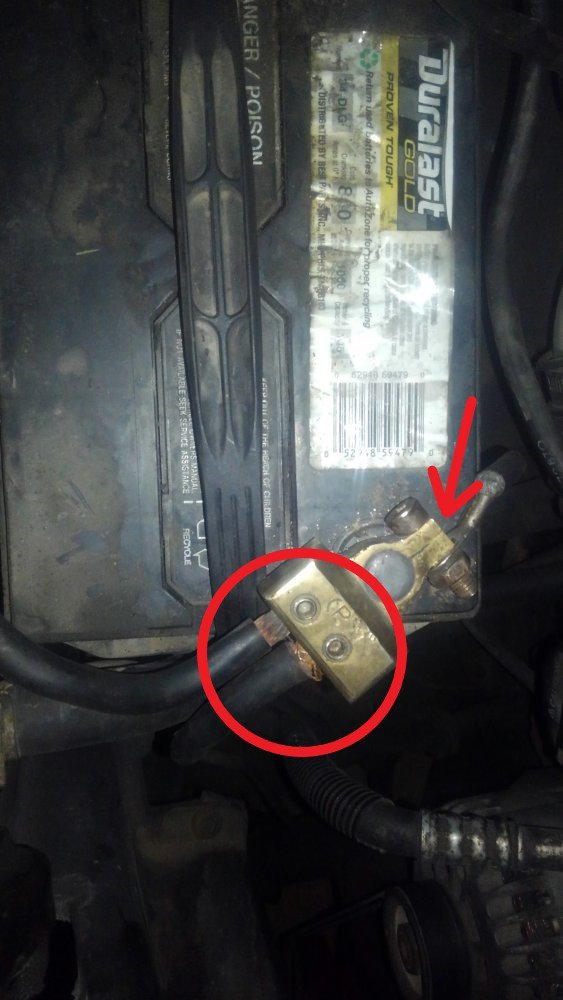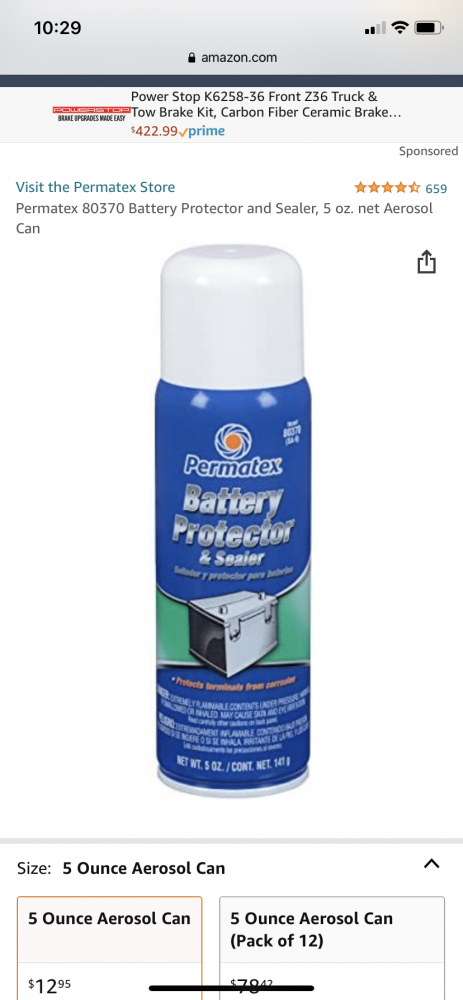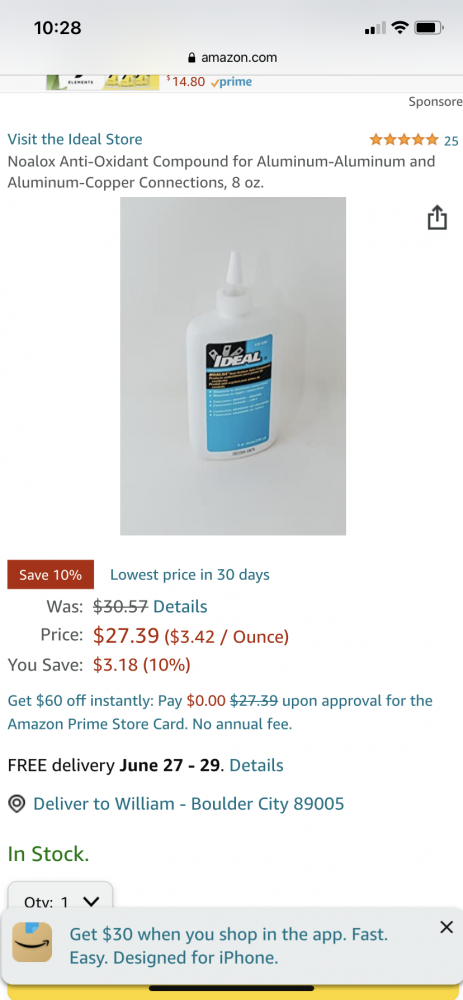dbrannon79
I'm getting there!
Do you have a battery charger at home? Even a low amp charger to leave on overnight. Maybe someone can take you to the local auto parts store to charge and test you batteries.Thanks. I gotta get someone to come try to jump start me. Although we tried that yesterday and it didn't try to start any better than without them hooked up. I'm leaning towards thinking that the starter wore out... Like I said before for a couple of weeks maybe it was the truck was starting hard.. kind of like the starter wasn't getting enough juice or it was going bad.. it would crank over real slow but it would start. Battery gauge it was showing 13 yesterday but it still wouldn't turn over . I would think 13 would be enough to turn it over.. but it turned her really slow and then it just quit turning over at all... And like I said that was with the other diesel truck hooked to it.. had one of their batteries hooked to my battery, and their jumper box on my other battery.. and it still would not turn over








